Figure 40 – uploaded by koo kii

Figure 5 2. Influence of the desired CLTR (CLTRD) on the real CLTR (CLTRR) with a coincidence point h = 30 re The reference trajectory must be re-initialised at each sample point on the actual measured value of the process output. It is possible to implement such a procedure for a first-order process. However, this is not generally the case for processes of a higher order because / must be chosen greater than 1. If the desired and resulting CLTR are similar and, more importantly, change in the same manner, this does not pose any practical problems when tuning. We will use a third- order process with a OLTR = =12s to help us understand
Related Figures (153)

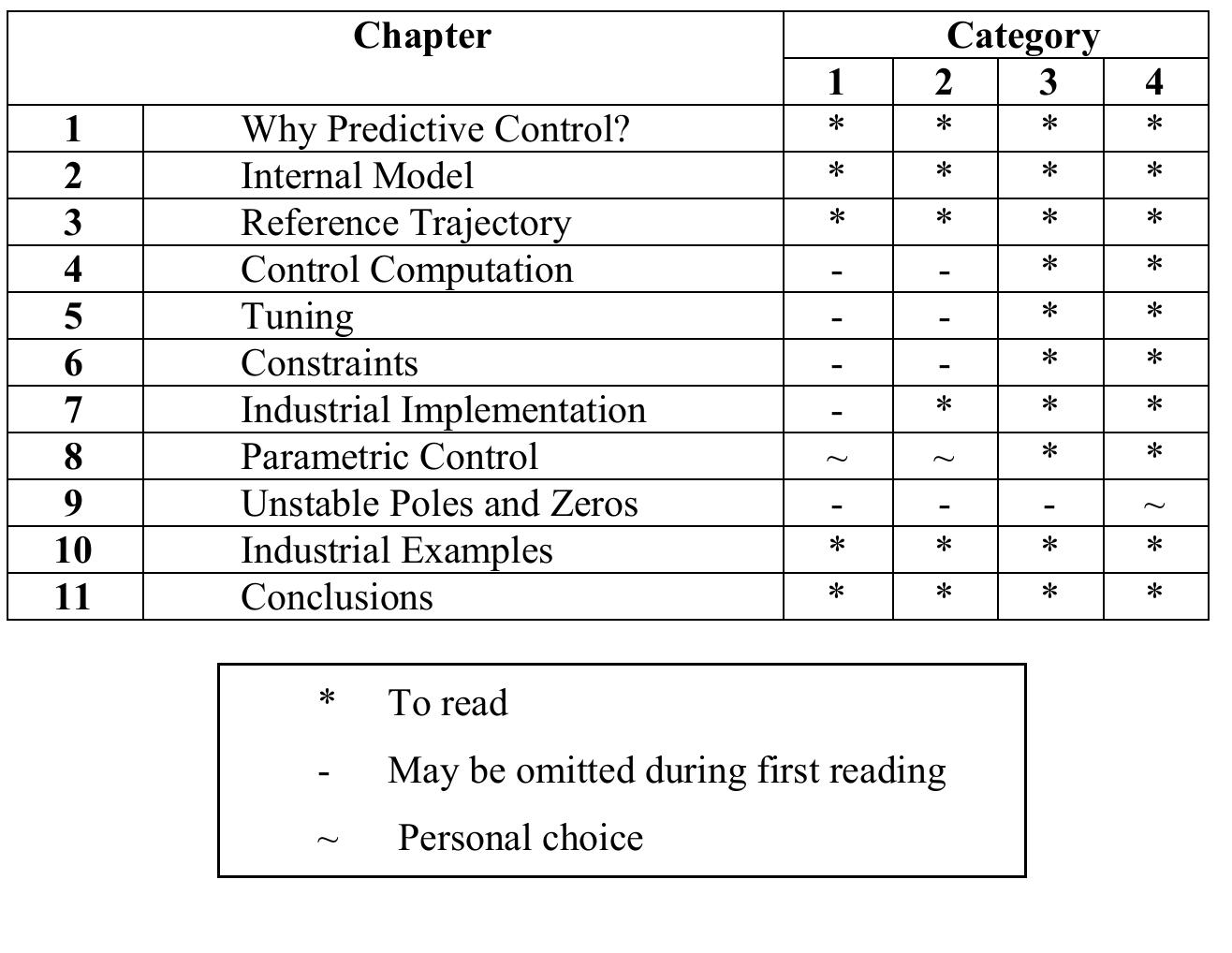







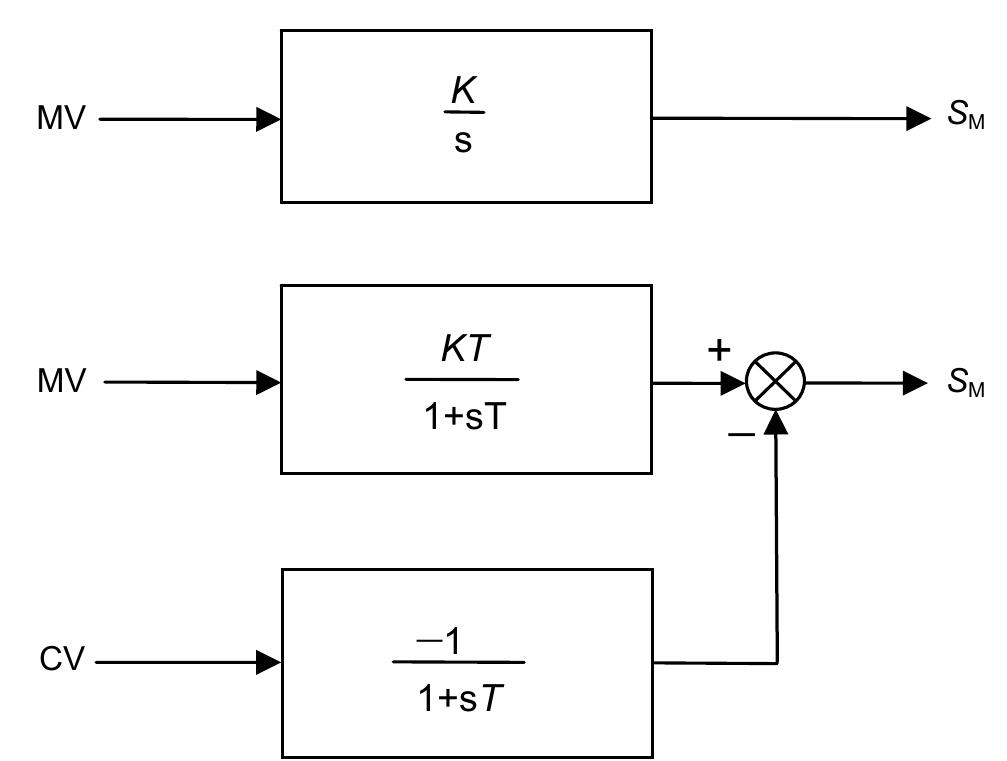














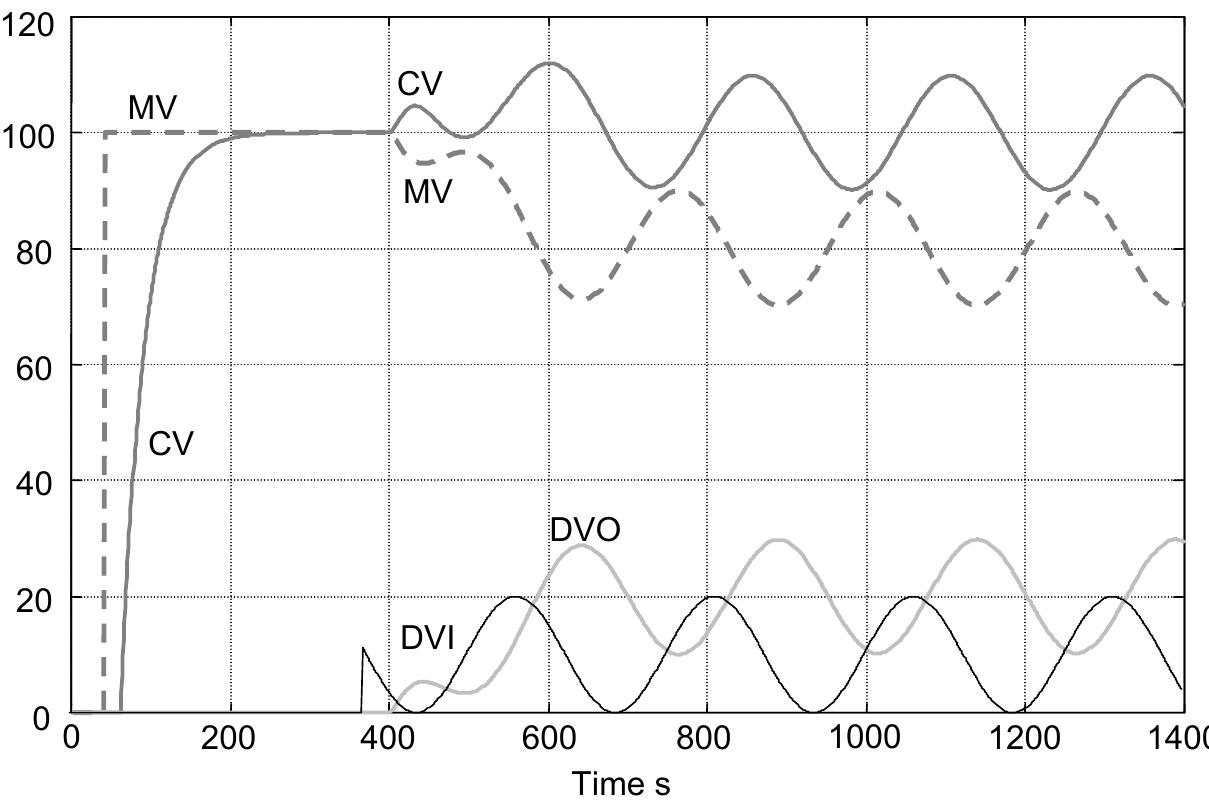






















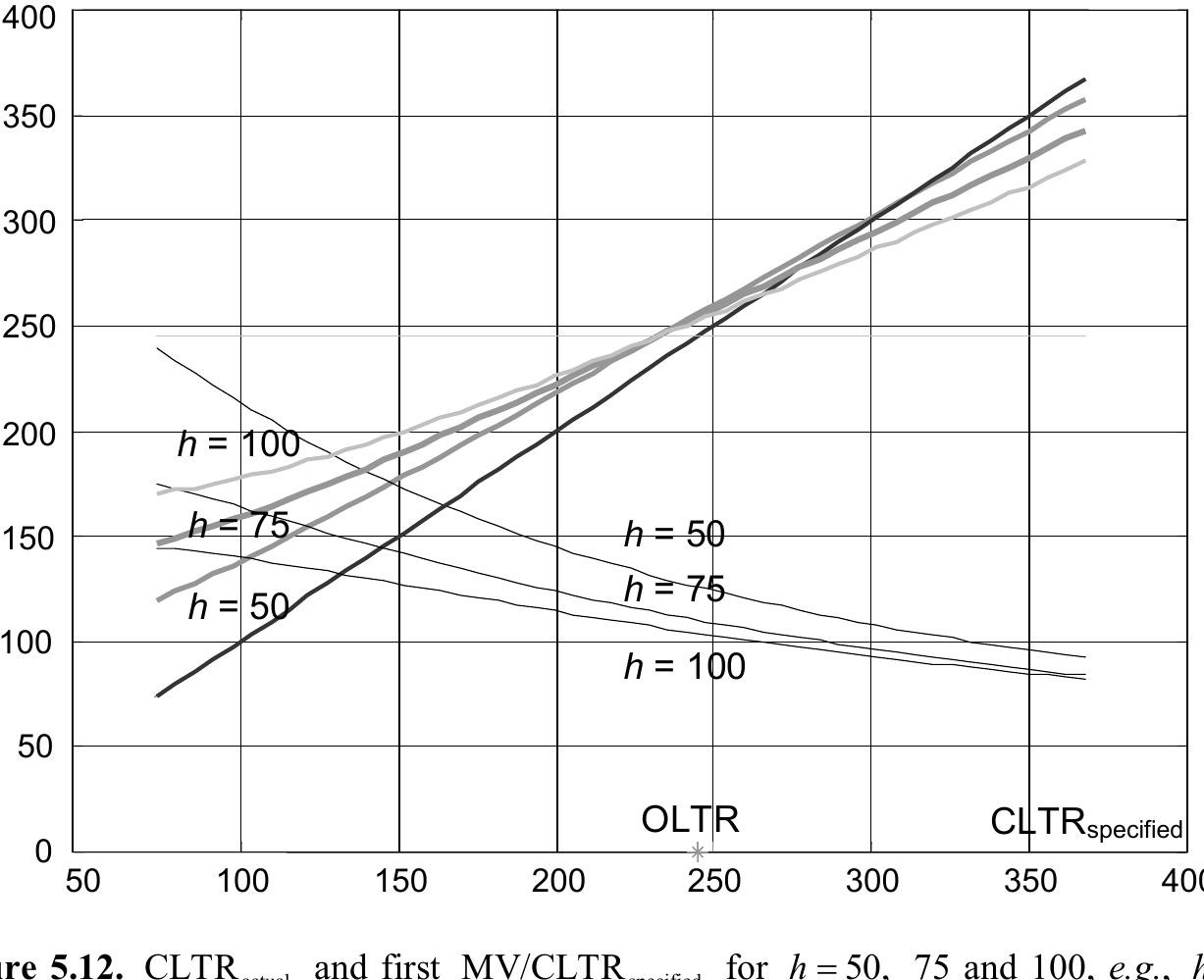

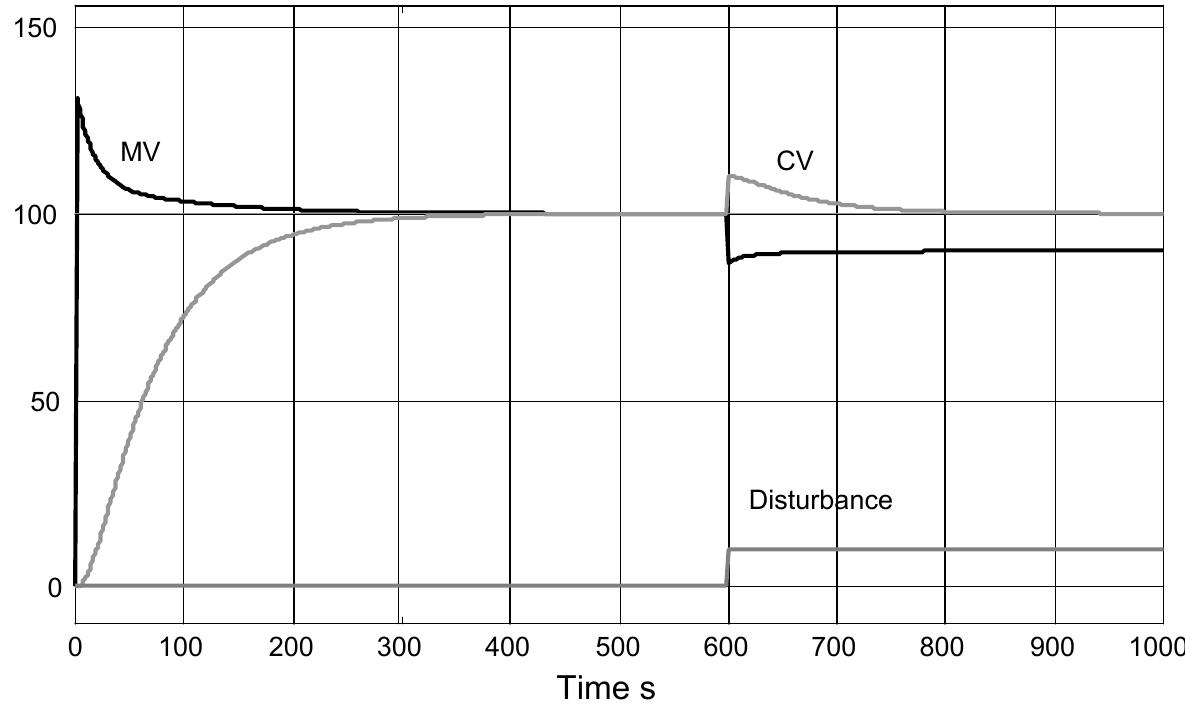
































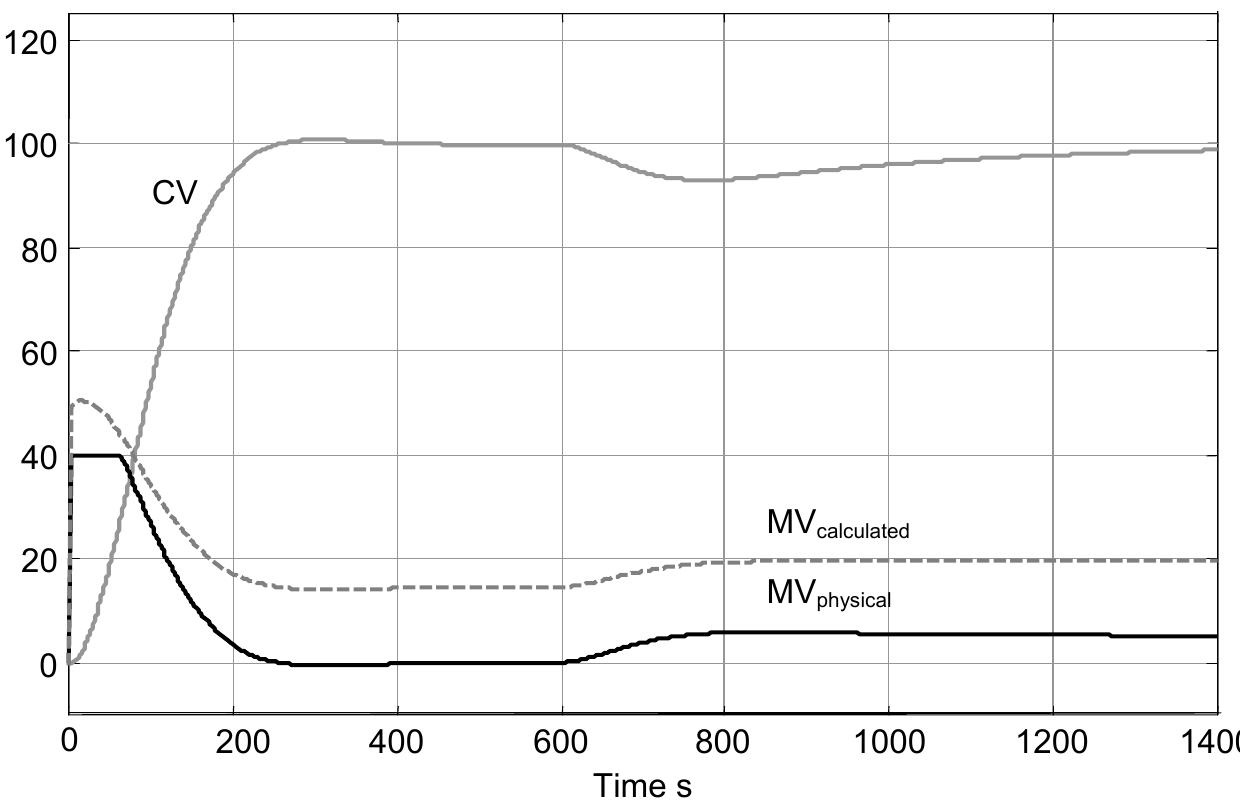








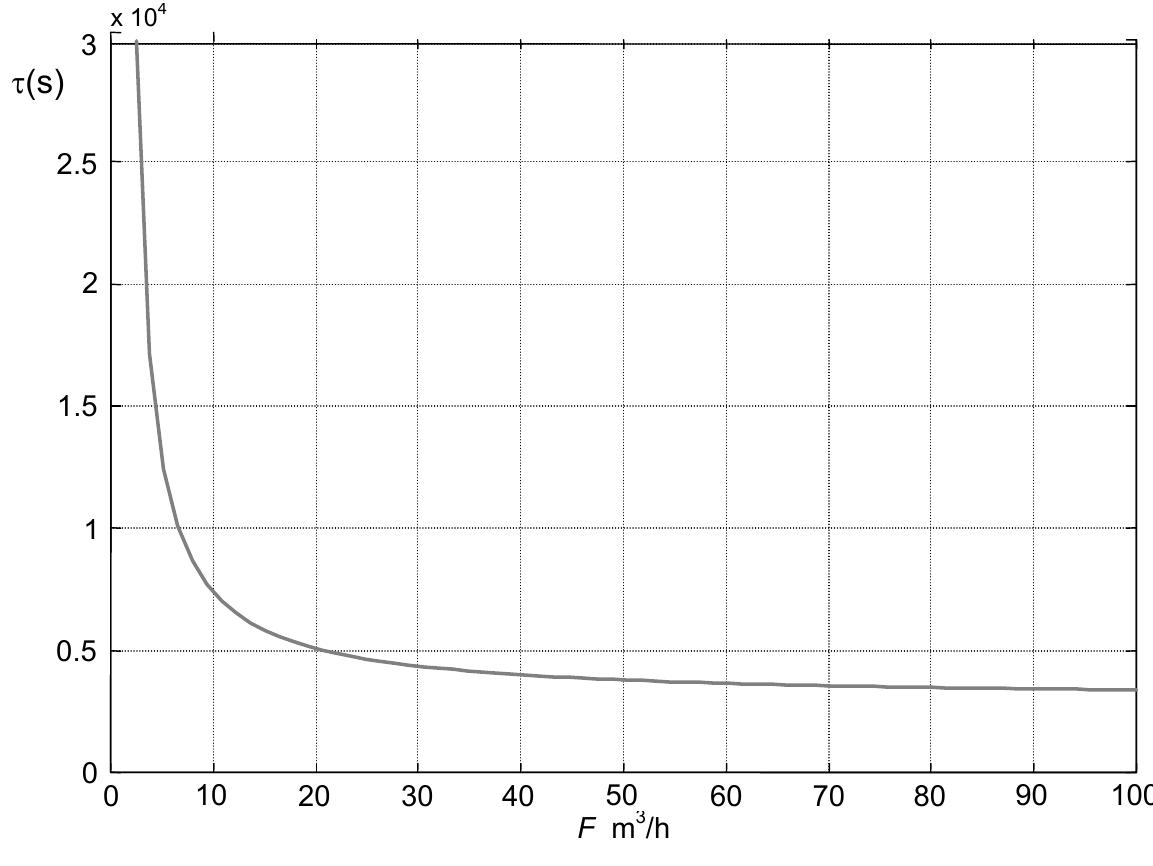
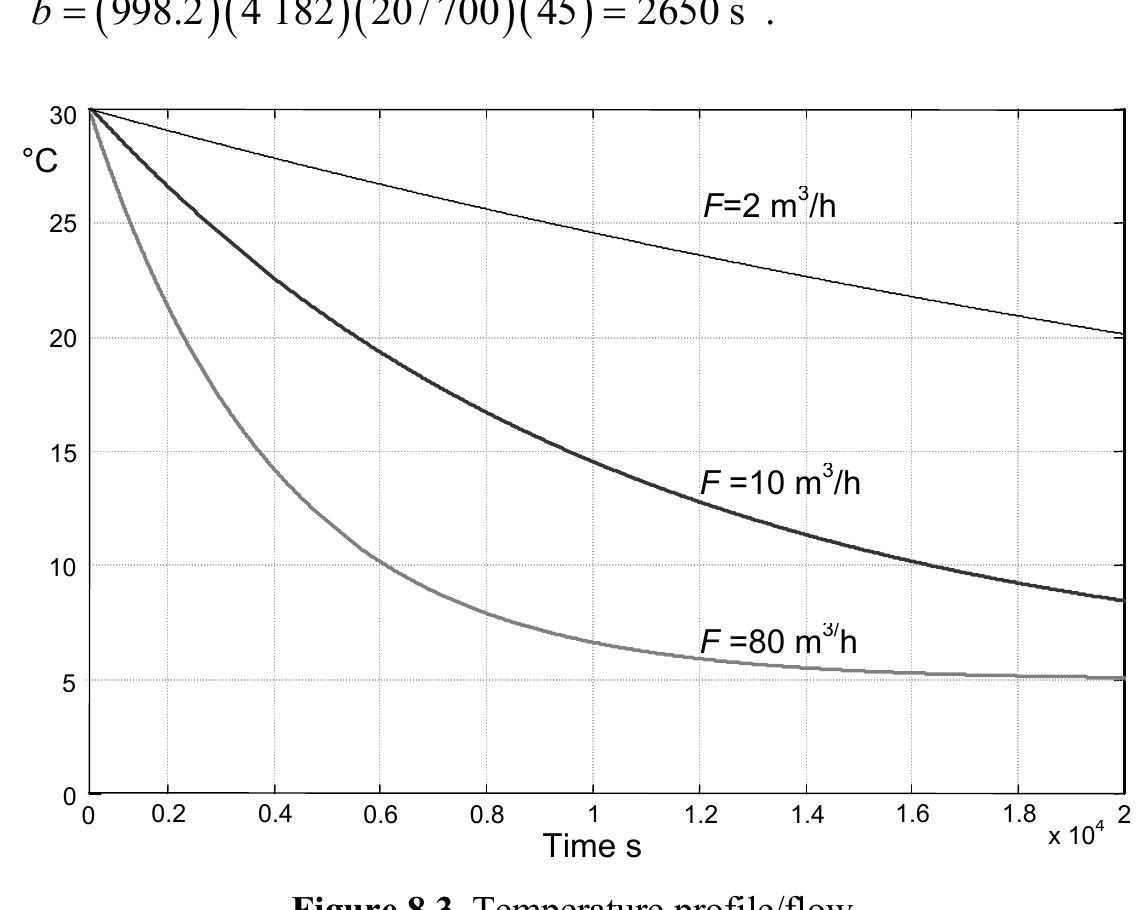













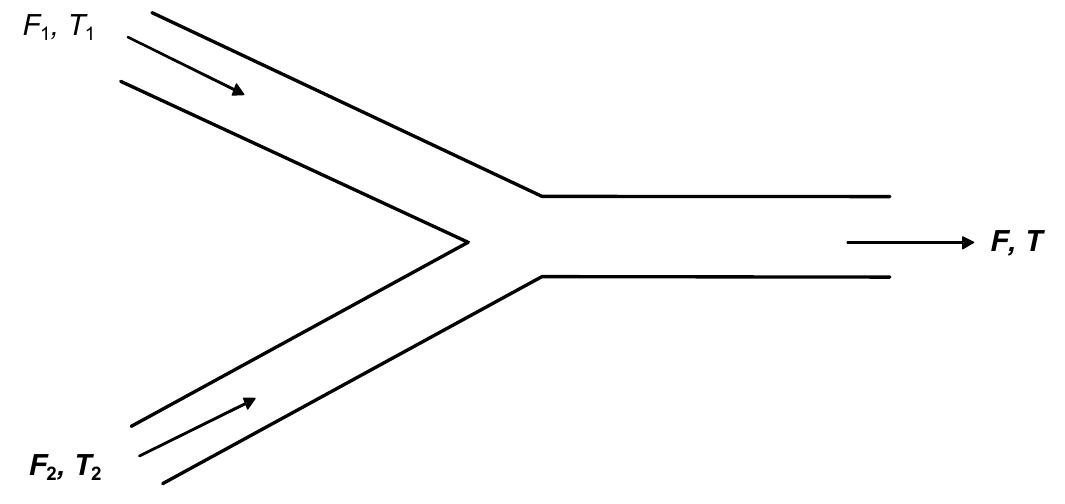






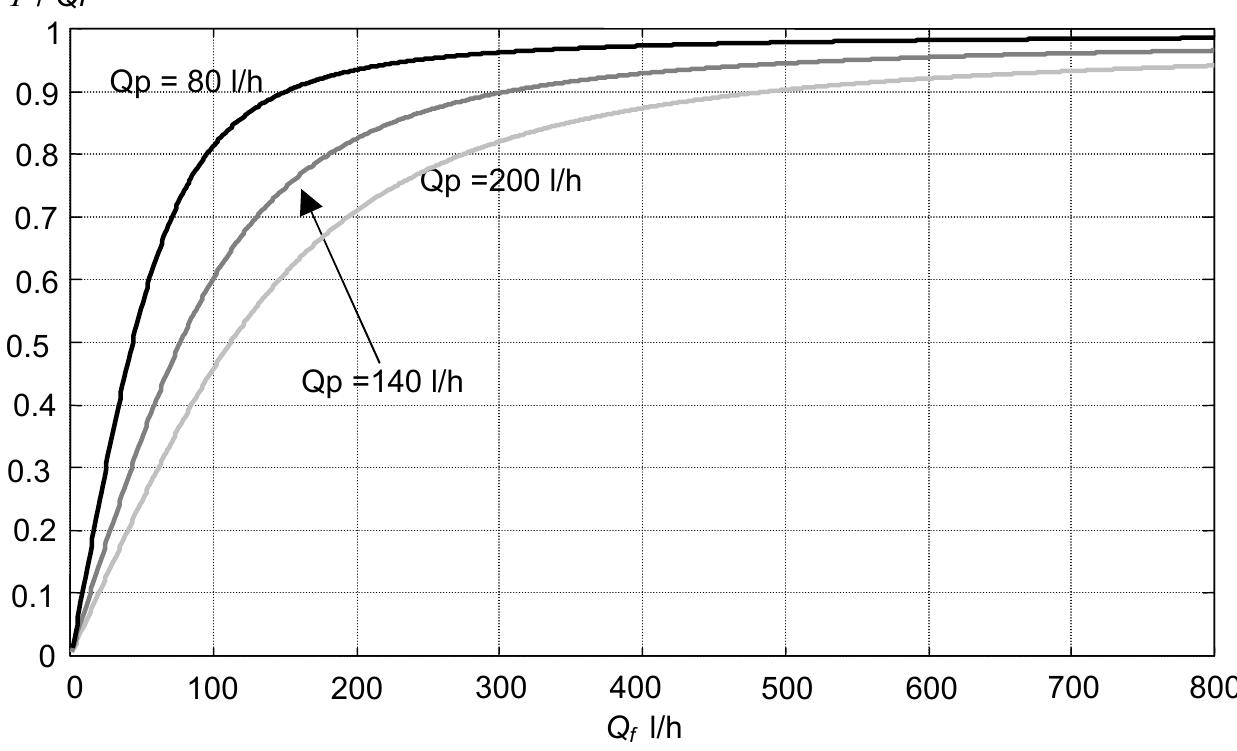




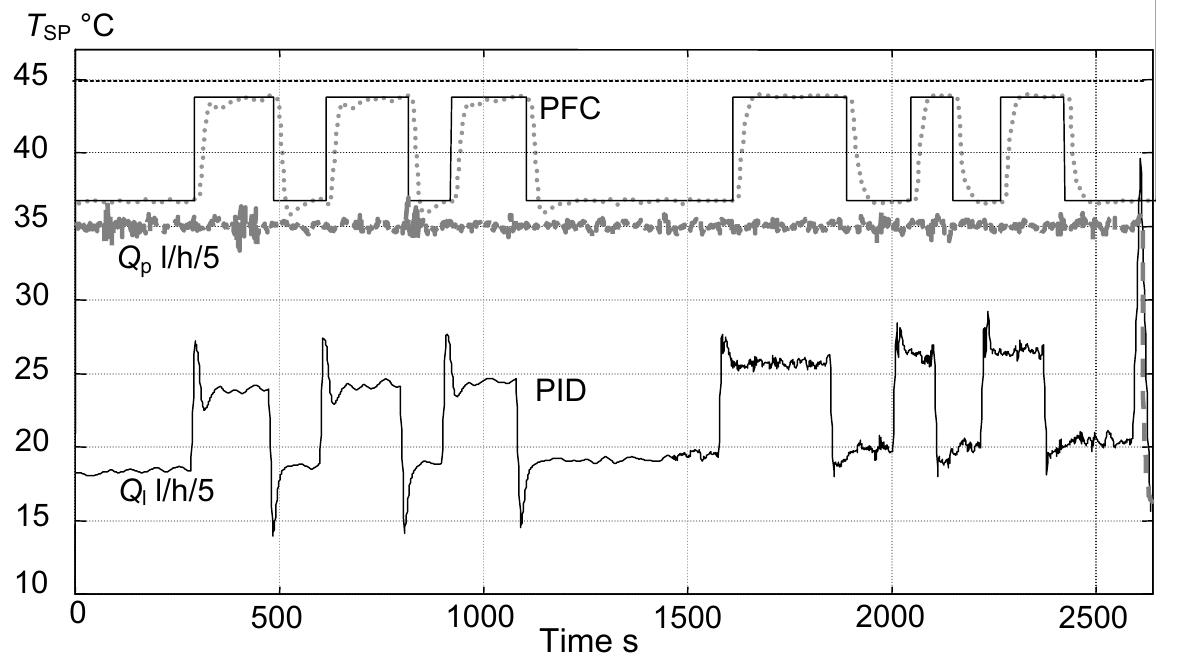







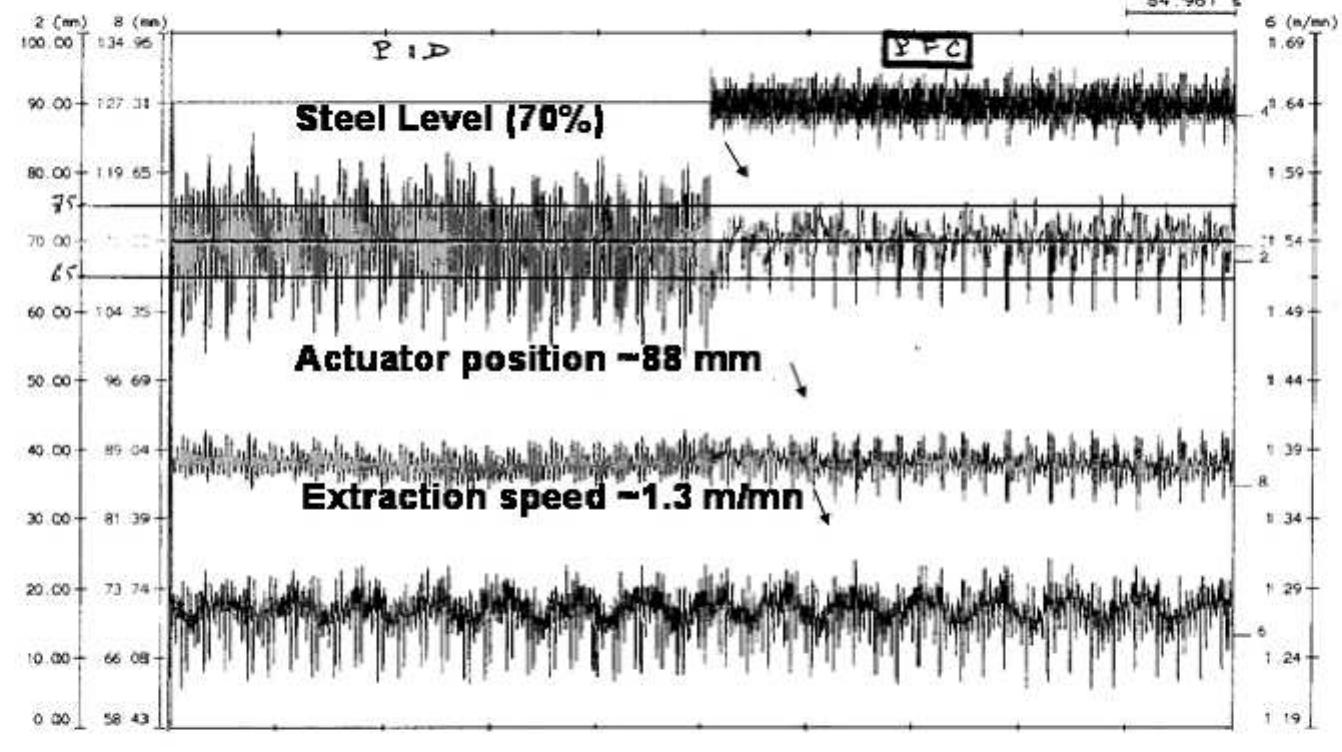



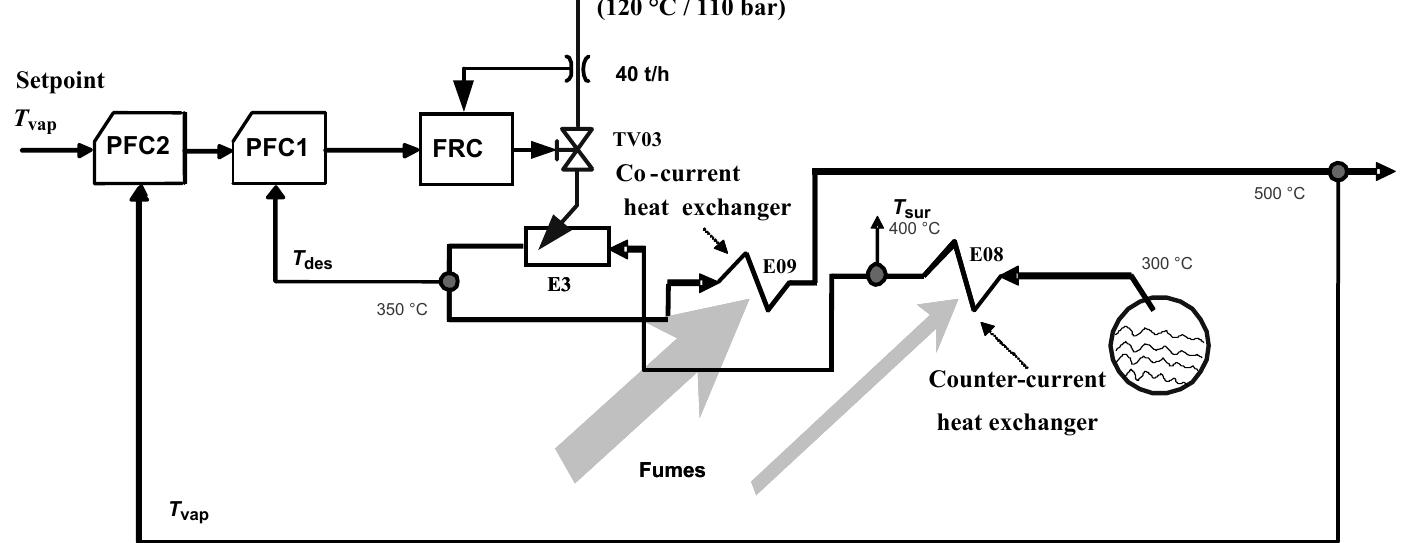




















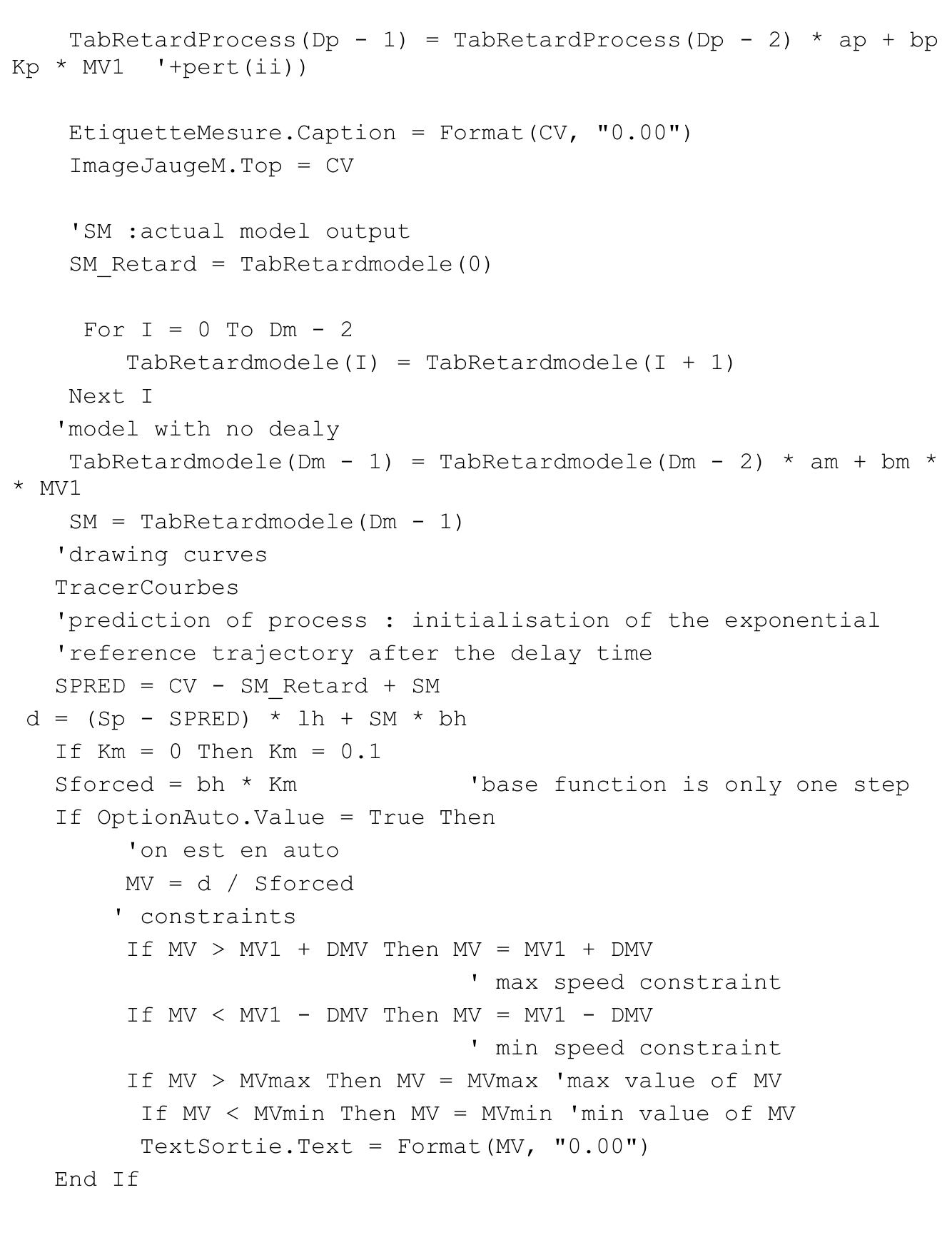

Connect with 287M+ leading minds in your field
Discover breakthrough research and expand your academic network
Join for free